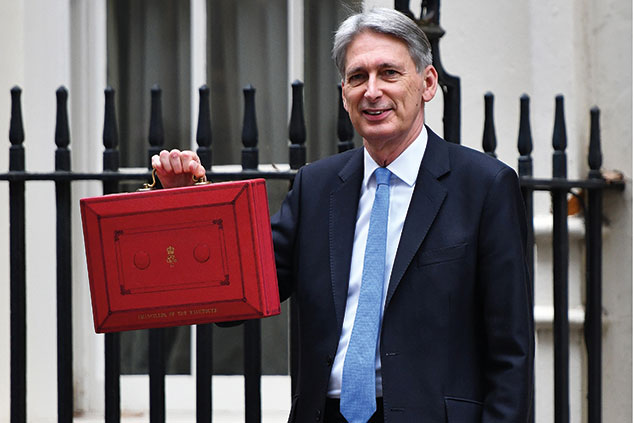
Is Philip Hammond set to do a Gordon Brown? More than 20 years after Brown abolished pension funds’ right to reclaim dividend tax credits, he is still reviled in some quarters for a change now costing pension funds £10bn a year. The current chancellor is said to have pension funds in sight once again: specifically the £40bn annual cost of tax relief on contributions.
That amount must be a tempting target for Hammond as he plots his Autumn Budget, due on 29 October, particularly as the chancellor has to meet NHS spending pledges. Off-the-record briefings to national newspapers suggest he is at least testing the water. The radical option would be to do away with the current system of offering tax relief at savers’ highest marginal rate of income tax – 45%, 40% or 20% – on pension contributions. By moving to a flat rate of, say, 25%, Hammond could raise money while presenting the change as fairer to those on lower incomes, who currently get a disproportionately small share of the tax relief.
Still, such a move would be politically risky. More likely is some tinkering with the annual allowance, the cap on how much people may put into pensions each year. The chancellor could halve the £40,000 cap, for example, safe in the knowledge that most people get nowhere near that level. Or he could make the rules which apply to higher earners – those on more than £150,000 a year get a smaller annual allowance – much more aggressive.